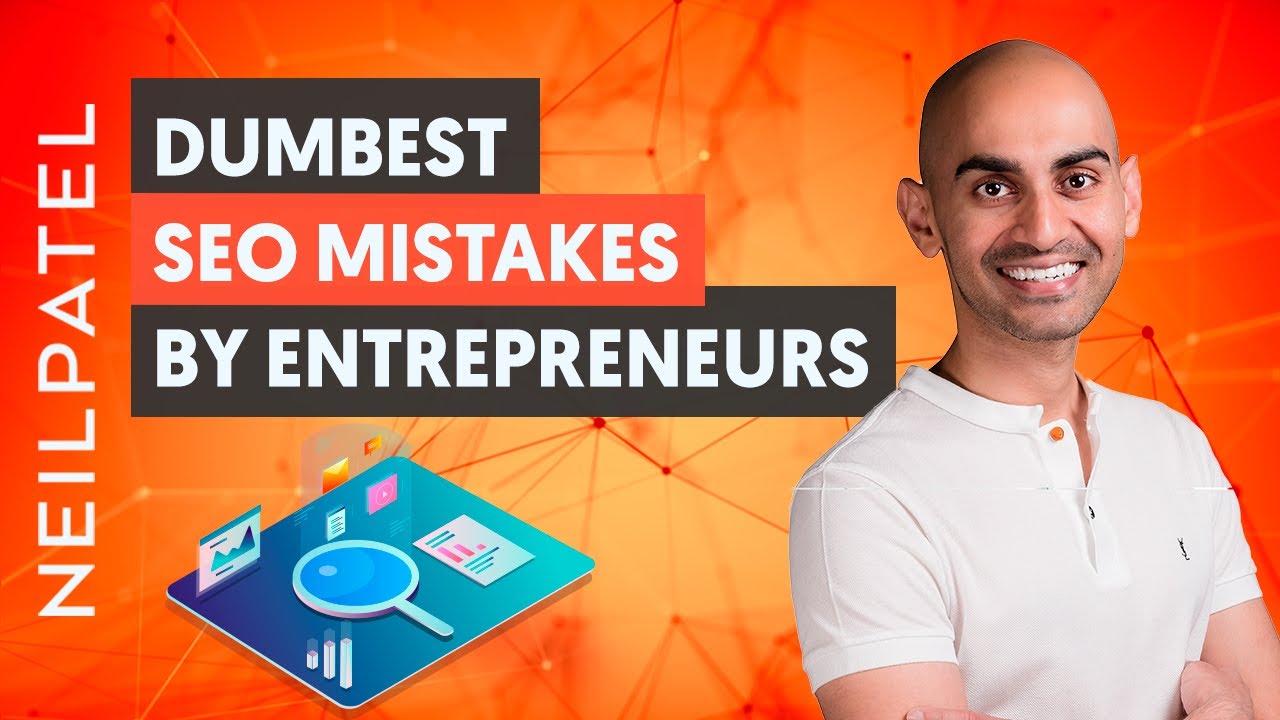Google has over 3000 algorithm changes that they release each and every single year. That’s a lot of algorithm changes. You already know SEO changes so frequently because of the number of algorithm changes that Google releases. Now sure, most of them are small but these large ones can have a massive shift in your rankings. So how do you prepare for it in 2021? What else is going to change in 2021?
RESOURCES & LINKS:
____________________________________________
Ubersuggest: https://neilpatel.com/ubersuggest/
____________________________________________
The first thing you need to get used to and this is the first trend is that your rankings are going to Seesaw. But if you do the right things and you continually put the user first and you’re doing all the right SEO stuff, typically, if you fast forward a year from that day, your rankings will be up. Your traffic should be up as well, but you need to get used to them seesawing and be okay with that. That is going to be the new normal.
Trend number two, positioning will be more important than ever and that first spot is going to be the Holy Grail in which that’s what you need to shoot for and aim for. It’s going to be really hard to get there.
So you want to take that top spot because they’re putting in other stuff that decreases traffic. Now it doesn’t mean SEO is dead. There’s still more and more people coming online, more people using Google, more people searching, so you can still do well if you’re in position two or three or even on page one. But number one has a massive, huge difference from being on number two or number three or number four even if it’s still on page one.
Trend number three, user experience is now SEO. So if you want to do really well, you need to optimize for mobile. And I’m not just talking about paid speed or your links or can people read your site on mobile or is it loading fast? I’m talking about the overall experience. If you don’t optimize for experience, you’re going to lose in the long run.
Trend number four, the riches are going to be in the niches more than ever, especially with SEO. And here’s why. You need to focus on building niche sites. It’s not about building a Wikipedia type site. If you want to do that, that’s great but because there’s over a billion blogs and a ton of sites and a ton of competition, they want to rank authority sites more than ever and it typically, from what we’re seeing is people who focus on one niche tend to be better, well versed around that niche, not always the case, but in many cases. And they tend to be more of a quote unquote authority.
Trend number five, content length won’t matter as much. Get to the point with your content. So don’t obsess about word count or keyword density, obsess about the quality of your content and are you getting the user what they’re looking for as quick as possible.
Trend number six, you won’t have to build as many backings. So it’s better off just releasing your content, not building links and letting it happen organically. And then over time, sure do the manual outreach, but let your content sit there for three to four months before you even start that manual outreach.
Trend number seven, branding won’t be enough. You need to be a authority within your niche. So make sure you go and focus on being the end all, be all expert within whatever niche you’re in.
Now here’s a bonus trend for you. We’re seeing that businesses are going to have to start thinking about global SEO from day one. So from day one, you need to start thinking about global SEO as your strategy instead of just SEO within your region. And you’re going to have to look at things like translations and especially updating and repurposing your content in all of these regions as well.
Now, if you have any questions about the future of SEO or what’s happening, leave a comment below. I’ll answer it.
► If you need help growing your business check out my ad agency Neil Patel Digital @ https://neilpateldigital.com/
►Subscribe: https://goo.gl/ScRTwc to learn more secret SEO tips.
►Find me on Facebook: https://www.facebook.com/neilkpatel/
►On Instagram: https://instagram.com/neilpatel/
#SEO #NeilPatel #DigitalMarketing


 Subscribe to get all updates:
Subscribe to get all updates:  https://www.youtube.com/c/heducate?sub_confirmation=1
https://www.youtube.com/c/heducate?sub_confirmation=1 90% [LIMTIED TIME] Discount Now on my TOP Courses
90% [LIMTIED TIME] Discount Now on my TOP Courses  Build Your Own Cold Email Outreach System – Postal & Mautic:
Build Your Own Cold Email Outreach System – Postal & Mautic: You Might be Interested in (Free Tutorials):
You Might be Interested in (Free Tutorials): Free Guides Every Week:
Free Guides Every Week:  Read a Book Every day in Minutes
Read a Book Every day in Minutes 




